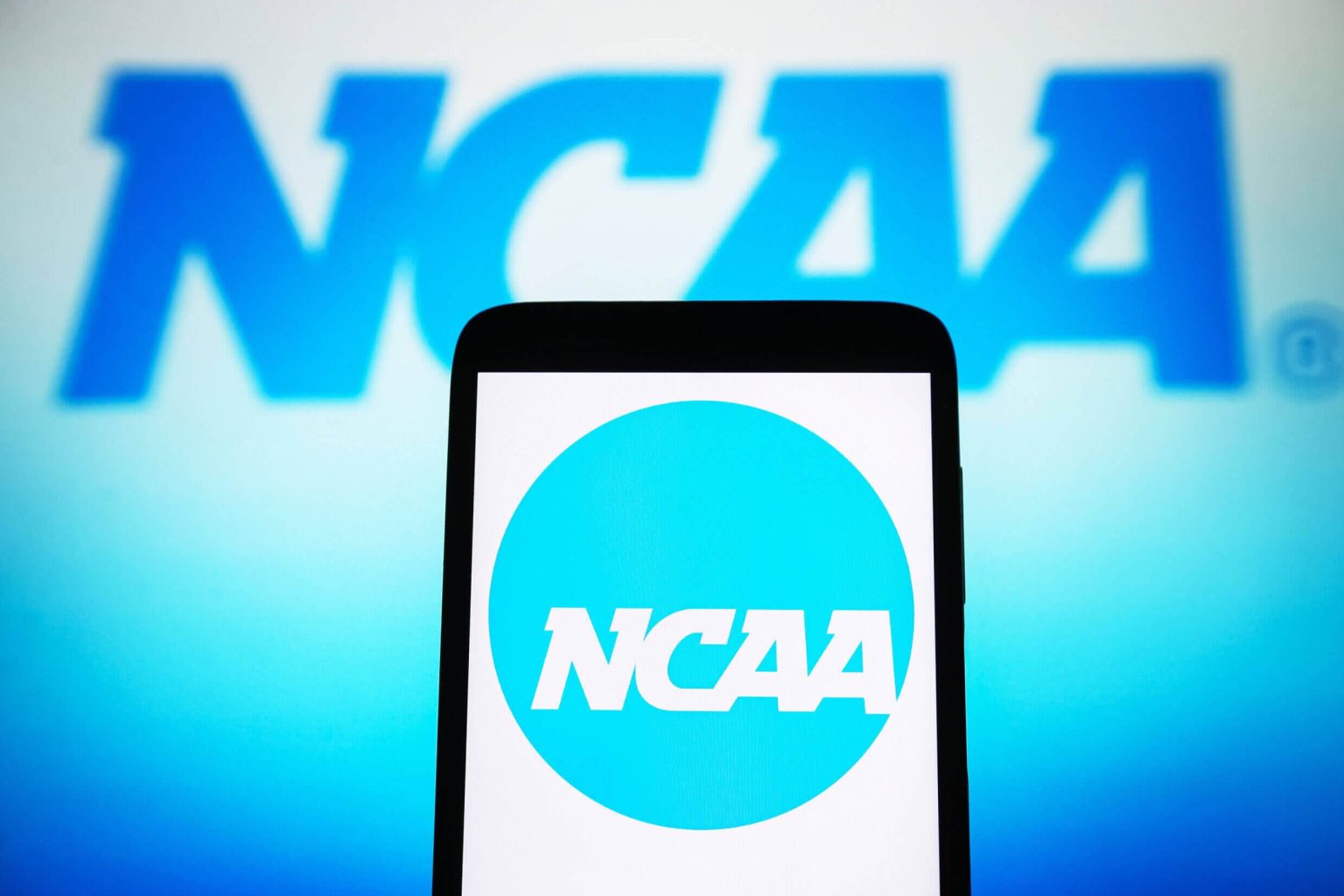The Big 12 presidents and chancellors have voted to approve proposals in the House v. NCAA class-action lawsuit, which is expected to be a multi-billion dollar settlement. This settlement is likely to cost nearly $3 billion in damages and will allow power-conference athletes to share in annual revenues. The lawsuit seeks back pay for Division I college athletes who were prohibited from earning name, image, and likeness (NIL) compensation before the NCAA changed its policy in 2021. The settlement is expected to mark the end of the last vestiges of amateurism in college sports.
The NCAA is facing significant changes as a result of various lawsuits and legal battles, including the House case. A potential settlement would see power-conference athletes receiving a portion of revenues directly from their schools. This settlement could further widen the gap between high-major revenue sports and the rest of college athletics, potentially leading to the creation of super conferences or a super league. There are concerns within the NCAA about how smaller Division I conferences will shoulder the damages from the settlement.
The potential settlement details include nearly $3 billion in back-pay damages paid out over 10 years, as well as a revenue-sharing system that could see power-conference schools distributing $20 million annually to athletes. The NCAA would use reserves to cover part of the damages, with the remaining funds coming from withheld revenue distributions. There are still many unknowns, such as how Title IX will apply to revenue-sharing distributions, and the impact on potential unionizing and collective bargaining efforts by athletes.
The NCAA and power conferences still need to finalize and approve the settlement terms, with a 90-day period for review and any objections. If approved, power-conference schools will have the option to opt into revenue-sharing, which could impact roster limits and scholarship allocations. The settlement would bring significant changes to college sports, with potential implications for the structure of collegiate athletics, coaching salaries, and the NCAA’s governance. The settlement is seen as a way to provide stability and clarity for schools while opening up new opportunities for student-athletes.


